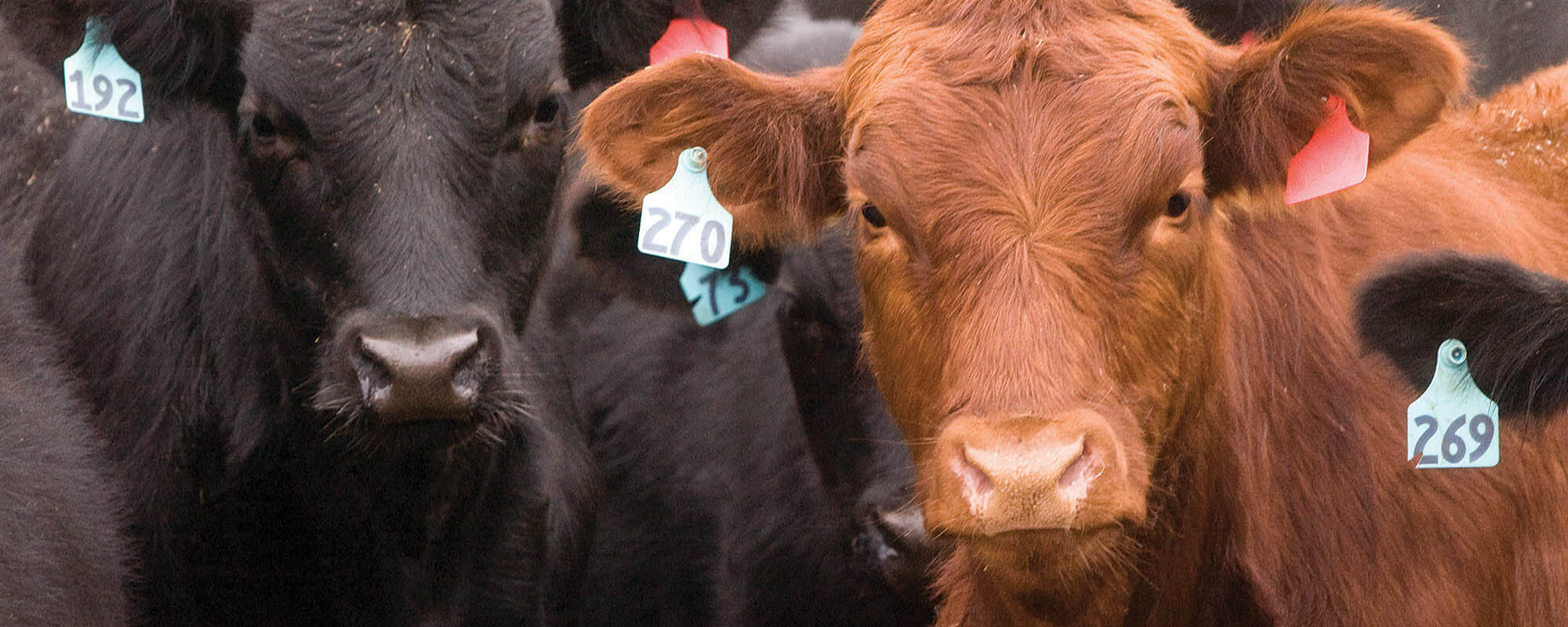Heifer Development. Often times cow-calf producers have a difficult time incorporating replacement heifers into the cow herd with a high degree of success. A high degree of success might be defined as getting a large percentage of the heifers originally selected as replacements at weaning time to: breed, calve unassisted, raise a good calf, and rebreed for their second calf before they are three years old. Over time, we have had our share of problems in this area; however, I feel we have also had some good success. Perhaps I can convey the differences through the balance of this article.
One of the keys to success is to select the right heifers. First, project the mature weight of heifers available for selection. Remember that large framed heifers tend to have larger mature weights. Let’s assume that the mature weight of a heifer we decide to keep is 1,200 pounds. We would like for her to weigh at least 65% of her mature weight at first breeding, or at least 780 pounds. This “target weight” is important because if heifers are better developed, they will cycle and breed better.
Normally, it is a good idea to breed heifers one month ahead of the main cow herd; so, we need to get heifers that have a mature weight of 1,200 pounds to weigh 780 pounds by the time they are 12-14 months old. Now, if we weaned at 7 months of age and the average weaning weight of our heifers is 550 pounds, what heifers do we select? Our “average” heifer needs to gain 230 pounds in about 5 months or have a post-weaning ADG of 1.5 pounds per day.
The temptation is there to select only the largest heifers at weaning, but this will probably increase the mature weight of the cow herd. Heifers that weigh a great deal below the average will have to gain at a higher rate to reach the “target weight” at first breeding. It is probably best to eliminate the extremes?select the moderate sized heifers at weaning time.
Next, use a short breeding season. Do not give heifers more than 75 days to breed. Eliminate heifers that do not conceive during this first breeding season. This helps raise the fertility level of cows retained in the herd. It is better to have an open yearling heifer (while she still has value as a feeder) than an open 2-year old heiferette! We have found that if we can eliminate the slow breeders at first breeding, the remaining heifers breed back much better for their second and subsequent calves. It is quite important to select an easy calving bull with good growth characteristics. First-calf heifer calves do not have to be inferior!
A second “target weight” is to have bred heifers weigh 80- 85% (about 1,000 pounds on 1,200 mature weight cows) of their mature weight prior to first calving. They should be in a body condition score of 5 or 6. After these heifers calve, we should take care of their nutritional requirements. This is probably the only time in their life that they should be given special consideration. We have too much time and money invested to “fumble the ball”. Spend the extra money and/or effort. Be sure that first-calf heifers get what they to rebreed, raise a calf, and grow.
We put our first-calf heifers with the main cow herd just prior to rebreeding for their second calf. If they can’t breed back on time with the cows, they should be culled. Part of the success developing heifers properly is that you wind up with cows that fit your operation.
Stocker Operators: Don’t let the “summer slump” get your gains down. Remember to use “Oklahoma Gold”. If you have questions or need information, be in contact.


Comments